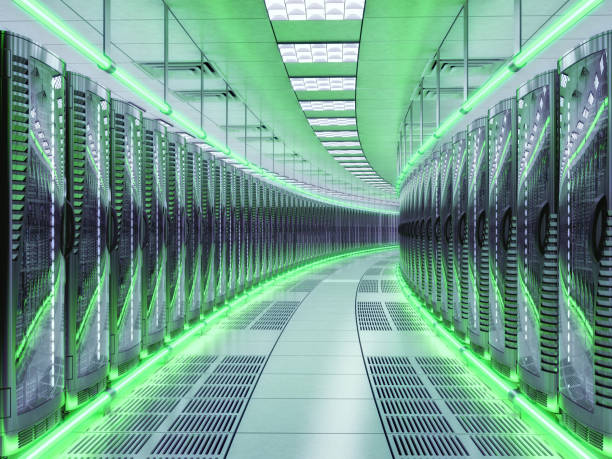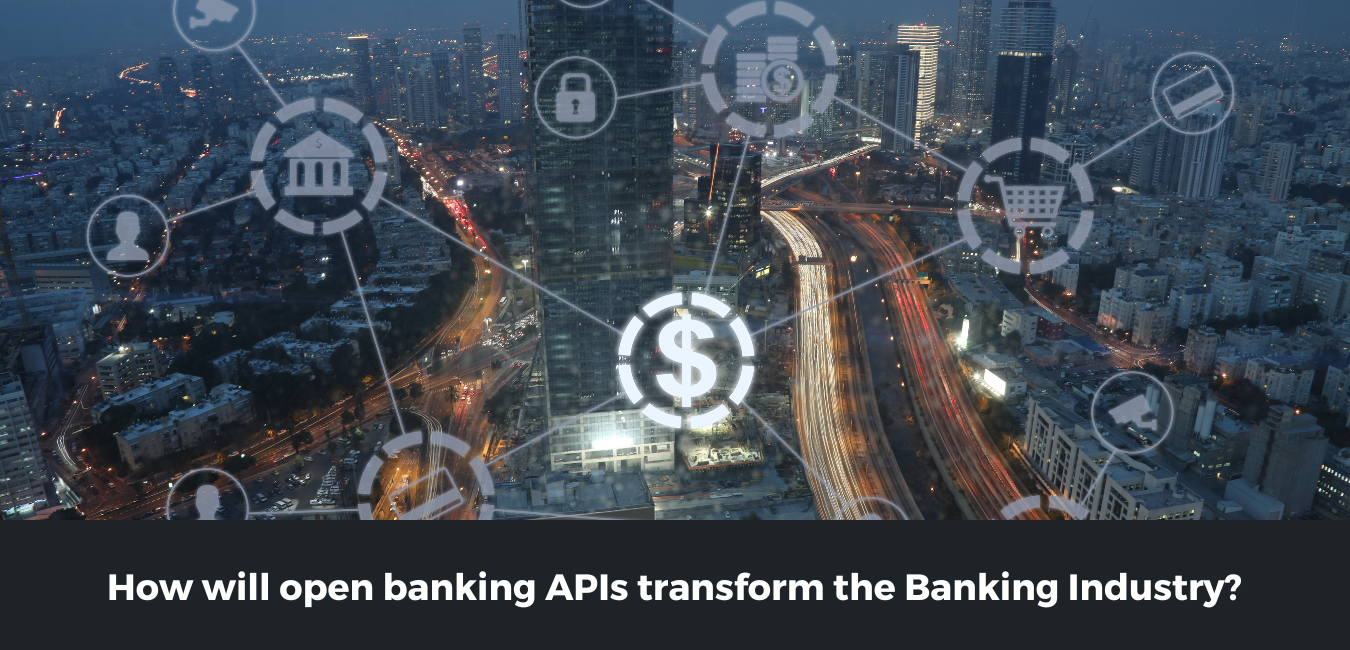Sustainability in Data Center - Opportunities For The Future

Sustainable data centers have reconfigured their buildings to use modern water-cooling technology to drastically cut water consumption. They can utilize fewer and longer-lasting batteries thanks to new battery technology. They also collaborate with local power utilities to find strategies to boost the percentage of green energy they use. In addition, energy-efficient data centers strive to reduce the amount of energy required to dissipate heat generated by hardware. Anyone who understands anything about servers knows that heat is the enemy, and cooling them to the point where they perform effectively has typically required a lot of power. Data centers can reduce their energy use by using more efficient cooling equipment, lowering expenses and making them more sustainable.
Future of Data Centers
Due to the sheer increasing growth of data and the demand for public cloud services, several new massive data centers are being planned or built throughout the world. The outbreak of the COVID-19 pandemic has compelled many businesses to explore ways to assure business continuity, resulting in data centers expanding at a quicker rate than ever before.
Cloud computing became the focal point, and companies like Amazon Web Services, Microsoft, Google, Facebook, and Alibaba were able to generate billions of dollars in income. Microsoft's commercial cloud division is expected to generate more than $50 billion in revenue by 2020. As data centers' physical infrastructure and demand expand, they must reduce their carbon impact. To ensure that their data centers are energy efficient, companies must identify and apply sustainable methods.
The future of data centers appears vibrant and diverse in line with complex business needs, ranging from smaller and more distributed data centers to larger and more centralized data centers. Despite the fact that data centers utilize about 2 to 3% of the world's total electricity, rising demand might dramatically increase this consumption.
Green data center services can aid in this situation. Manufacturing, real estate, and transportation all generate a lot of data on a daily basis, and they may minimize their emissions by switching to green data centers. For example, an automotive manufacturer can save power and reduce emissions by outsourcing its in-house computing system to zero-emission data centers. Cloud computing and renewable energy are used in the data centers.
Data centers are extremely important
The demand for data centers has exploded in the recent decade. Cost savings, up-to-date security measures, power and utility consumption monitoring, and other advantages of transferring businesses to data centers are just a few of the many advantages.
For example, public cloud services allow consumers to use cloud resources for a low monthly price. The consumer only needs to relocate his programmes to the public cloud, and no upfront IT infrastructure costs are required. Customers can also achieve high availability by using data centers, which provide clustering of hardware infrastructure and failover procedures. Server clusters provide business continuity even if one of the servers fails because the job is offloaded to a standby server.
Types of Data Centers for Future
Edge Data Centers
At the network's edge, edge data centers provide hyper-local storage and processing capacity. Despite the fact that cloud computing is a dependable and cost-effective method of connecting devices to the internet, the continued rise of IoT and other futuristic technologies has put a demand on network capacity. To overcome bandwidth difficulties, edge computing is being examined as an alternative to cloud computing.
Although edge computing is still in its infancy, it has already demonstrated its worth by providing a more efficient data processing mechanism for a variety of applications. The strong onboard processors in Tesla automobiles work on this premise. Edge data centers are provided by companies such as EdgeMicro, Schneider Electric, and Huawei.
Mega Data Centers
Mega data centers have at least 1 million square feet of data center capacity to meet the data needs of tens of thousands of businesses at the same time. Because of the bigger scale, it provides a significant benefit. Despite the fact that these mega data centers are extremely expensive to construct, they offer a lower cost per square foot than a typical data center. Switch Communications has constructed one of the largest mega data center projects in the world, with a capacity of 17.4 million square feet. The corporate servers are provided with cooling, electricity, bandwidth, and physical security. Facebook is also constructing a 2.5 million-square-foot data center in Fort Worth, Texas, to store and process zillions of records containing personal information.
Other Innovating Ideas
Many businesses are experimenting with data centers these days. Some of them construct data centers that can be used in or near water. One of the most popular instances of this revolutionary notion is Microsoft's Project Natick. This underwater Datacenter uses the seawater off the coast of Scotland to cool the servers at a reasonable cost.
In the future, data centers will minimize emissions in two ways: one, by improving energy efficiency within the data center, and two, by ensuring the use of clean and renewable energy.
How Can Data Centers Go Green?
Going green does not necessitate a major overhaul. Taking a few basic actions will help businesses meet their overarching goal of going green.
- Upgrade to new equipment: Older equipment may not have been energy efficient when it was built, and as it ages, it will require more efficiency to function. As the technological landscape evolves, legacy infrastructure must be modernized to become more energy efficient.
- Turn down any servers that are no longer active: When picking a data center location, corporations frequently purchase or are given more rack space to accommodate future needs. To save energy, data center service providers can turn off these power-hungry dead servers and only turn them back on when needed.
- Reduce Carbon Footprint: Green data center service providers can lower their carbon footprint by using renewable energy sources, recycled materials, and reused cooling water.
- Use server virtualization: Using a software layer, server virtualization allows a single computer to perform the tasks of numerous computers. This is accomplished by dispersing a single computer's resources across multiple locations. Virtualization allows many operating systems and applications to be deployed on a smaller number of servers, lowering overall data center energy consumption.
- Use cutting-edge technology: Some green data center service providers use artificial intelligence (AI) to automate data center activities, estimate power use, evaluate data output, and monitor temperature, data center humidity, and cooling process.
Conclusion
Data centers aren't going anywhere. The amount of data generated will continue to expand as a result of the growth of multiple technologies such as IoT, ML/AI, 5G, edge computing, and others, fueling the demand for data centers.
Companies will soon be required to implement energy-saving methods in their data centers. In addition, incorporating cutting-edge technologies like AI and ML into green data center operations would assure a positive return on investment as well as a safer environment. Going green is aggressively becoming more of a need and less of a suggestion, with some firms pledging to be carbon neutral in the next 20-30 years (such as Amazon and Microsoft).








